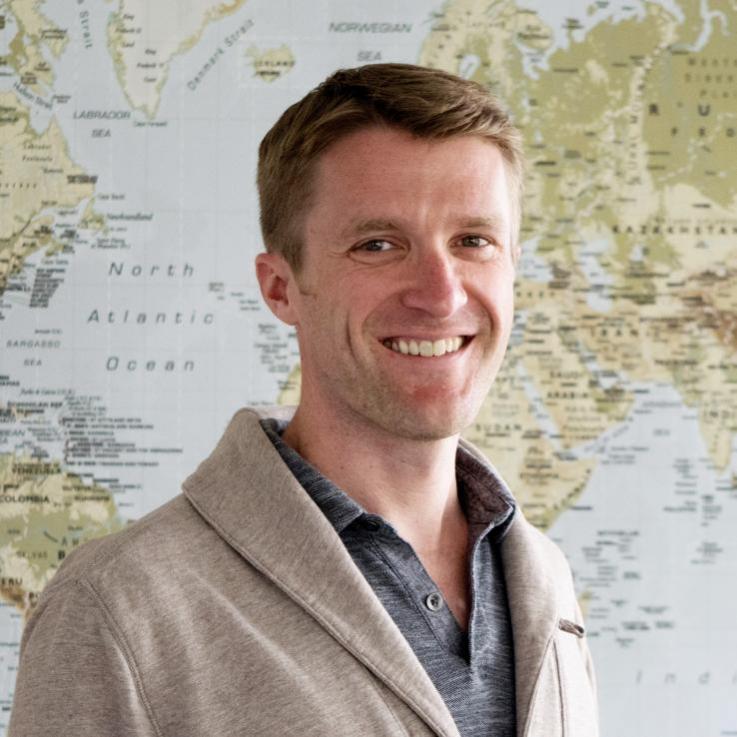By Todd Faubion - Faculty Director for Undergraduate Programs, Global Health
If you’re like me, you may have been taught to think about the classroom as a space where an instructor guides student learning. Most classrooms involve a healthy didactic component like this—which makes sense because we should all learn from people informed in their respective fields. During my almost 15 years of teaching, though, I have seen how the best classrooms involve a more dynamic, multi-directional pedagogy, in large part because there are always gaps and omissions in what and how we know—teachers included!
I am grateful to the exceptional students who are committed to global health and always helping me to better understand myself and the world we share. Living in that spirit, I want to share what I have learned from students in my courses this year. This blog is an homage to how extraordinary University of Washington undergraduates are. I respect and appreciate students, and I’m grateful for how rich they make the classroom space. Here are the biggest lessons that were underscored for me over the past year of teaching Global Health 101 at UW:
1) Personal narratives are incredibly powerful. As a university instructor, my job is to teach using material that is evidence-based. However, concepts truly land well—and are understood best—when students are encouraged to share how their personal stories connect with intellectual material. This is crucial when helping students to understand how and why certain populations are consistently disenfranchised. While sometimes devastating to hear, students eloquently help me to teach the class through their stories, including how racism influences the type of health care their family member’s receive (denial of culturally appropriate care), why being a sexual minority carries risk of violence on a daily basis (the uptick in gay-bashing on Capitol Hill in Seattle), and how poverty severely constrains one’s potential for success (to the extraordinary Dream Project mentors at the UW, thank you for sharing your stories), among many other vignettes that provide a tangible anchor for rich intellectual lessons. I increasingly allow space for these personal narratives, and the classroom is much richer for their inclusion.
2) It keeps getting harder to be a student. There are so many pressures on students at UW, many of whom are working, have long commutes, care for children and/or parents, lack a support system, or are pursuing citizenship or living with anxieties about their documentation status. Gone are the days, except for an elite few, where students can just focus on school and having fun in college. As the middle class diminishes and the cost of an education increases, students find it harder to focus on school; it is my job to be flexible and accommodate this reality. This means educating myself in emotional support and mental health resources on campus, being more flexible with deadlines and expectations, and trying to understand the root cause of behaviors that frustrate me (when I understand the cause of something, like chronic late work, my frustration diminishes and we can find a better collective path forward).
3) Instructors must be open to challenges from students. In life and teaching, I have long tried to be open to feedback, even if it’s painful to hear. This spring in Global Health 101, my co-instructor Steve Gloyd and I told students that we always want to hear from them, even when they think we make mistakes—all in an effort to model the behavior of failing with grace and focusing on intentional growth. This is how I learned from a young woman in class that I omitted an important element of the discussion around climate change, specifically that Native communities have been practicing sustainability for centuries, and thus can guide us toward a more sustainable future.
4) Diverse student groups are mobilizing in ways we have not seen for a long time. Whether its addressing climate change, defending science, achieving parity for women, undoing institutional racism, or finding ways to support our peers abroad, I am awed by the way students are seizing this moment in time—specifically by choosing to do as opposed to observe. This year I was practically inundated (in a very good way!) with requests to come before my classes or promote opportunities to mobilize around social change. I want to give special recognition to all of the students who are promoting tolerance and diversity on campus, through, for example, the Q Center or Seattle Children’s Center for Diversity and Health Equity. Your work is noticed, appreciated, and inspiring.
Teaching isn’t always easy, but it is always rewarding. It is rewarding to watch ambitious young people thrive and find their cadence as future leaders, and teaching is rewarding because I grow in the process, too. Thanks to the class of 2019-2020 for your contributions to our classroom!
